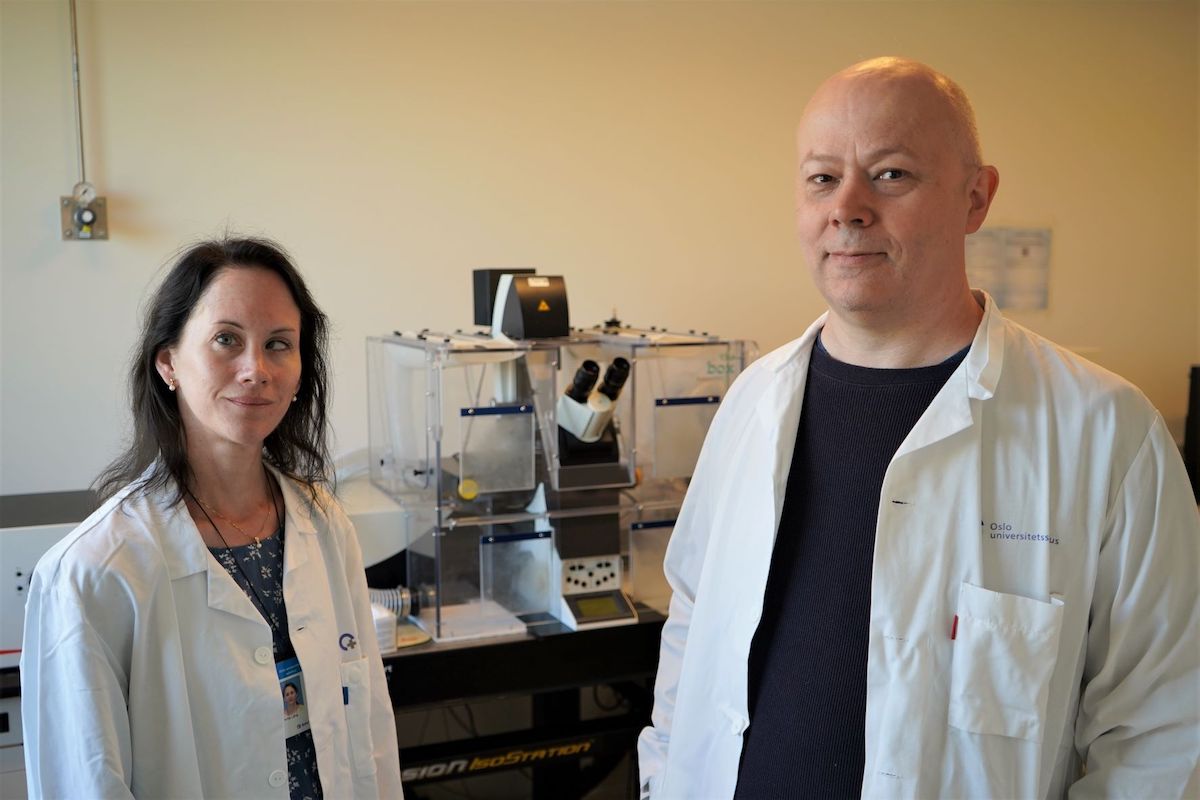Research uncovers new mechanisms of wound healing: Human skin possesses pre-installed mechanisms that guide self-repair
The human skin possesses amazing properties. It protects the human body from potential dangers from our environment, it is resilient and flexible, and it makes us capable of sensing the slightest touch. One of the most fascinating traits of the human skin is the ability to heal itself. Throughout life, the skin is exposed to thousands of injuries like abrasions, burns, and small cuts. Miraculously, the skin is repaired each time and becomes as good as new after only a few weeks. But what is actually happening in the skin during wound healing? And how is the skin able to repair itself with such precision? Researchers at Oslo University Hospital (OUS) and the University of Oslo (UiO) have made new ground-breaking discoveries that show how the skin is automatically repaired after injury. The results have recently been published in Proceedings of the National Academy of Sciences (PNAS) USA.
It was previously known that blood (or blood fluid) plays an important role in wound healing. It has also been known for some time that wound healing begins with the transportation of healthy tissue, located close to the wound edge, into the damaged area so that the wound at an early stage becomes covered with a new layer of skin cells.
The research team, led by Stig Ove Bøe at the Department of Microbiology (OUS), programmed cultured skin cells into a resting state called quiescence. Cells were then exposed to blood fluid (serum) in order to mimic the environmental condition of an acute injury. Surprisingly, the cells began to move in the same direction (like a sliding carpet) in a highly coordinated fashion. By mapping the physical forces within the moving skin layer and by performing theoretical modeling (in collaboration with Andreas Carlson at the Department of Mathematics (UiO)), the investigators discovered that motion within the artificial skin monolayer is driven by supracellular tensile forces stimulated by the presence of blood serum. In addition, they also found that the supracellular tensile forces arise from weaker forces that were present in the skin monolayer even before serum-mediated stimulation of tissue repair. The findings suggest that the skin has pre-installed mechanisms that provide the tissue with a specific type of preparedness to repair injuries that may occur.
This new knowledge will potentially be of great importance for all types of wound healing. In particular, it could significantly impact our understanding of impaired wound healing in elderly or patients diagnosed with diabetes. It is conceivable that we will be able to manipulate the wound healing process in the years to come. In the future, we may be able to develop treatments that can improve healing rates (without scar formation) and wound healing outcomes for patients with chronic non-healing wounds.

Reference
Proceedings of the National Academy of Sciences of the United States of America:
Mechanical coupling of supracellular stress amplification and tissue fluidization during exit from quiescence.
Lång E, Pedersen C, Lång A, Blicher P, Klungland A, Carlson A, Bøe SO.
Proc Natl Acad Sci U S A. 2022 Aug 9;119(32):e2201328119. doi: 10.1073/pnas.2201328119.
PMID: 35914175
Related article
Nature Communication:
Coordinated collective migration and asymmetric cell division in confluent human keratinocytes without wounding.
Lång E, Połeć A, Lång A, Valk M, Blicher P, Rowe AD, Tønseth KA, Jackson CJ, Utheim TP, Janssen LMC, Eriksson J, Bøe SO.
Nat Commun. 2018 Sep 10;9(1):3665. doi: 10.1038/s41467-018-05578-7.
PMID: 30202009
Links
The Experimental Cancer Therapy research group, headed by Stig Ove Bøe
